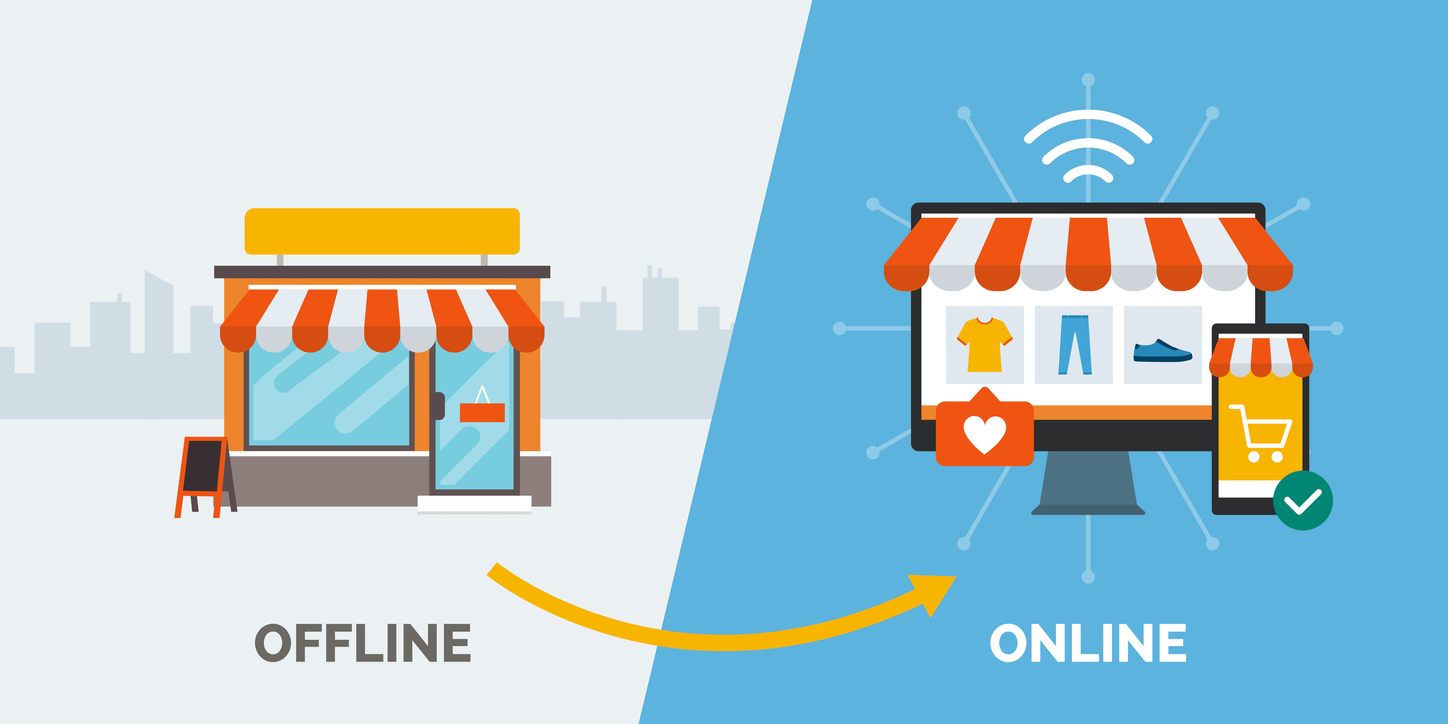In fact, the main part of our business—inventory planning—is quite similar. The big difference between e-commerce and physical stores are the sales tools.
In the online world, your sales people are your online marketers, and to a large extent your search functionality. The online marketers get customers to your site, and the search tool helps them find products to buy. In the brick-and-mortar world the sales instruments are your staff.
So, say a customer comes to your site looking for a purple sweater. If you don’t have a purple sweater in their size, they may start immediately searching elsewhere. If the same thing happens in a physical store the salesperson may suggest something else for the customer to try on and the shopper could have a “I never thought of that!” moment. Online retailers are not good at the “I never thought of that!” experience. Smart online algorithms may suggest similar items, but probably not something outside of the search criteria that would just look good on the shopper. This is one of the advantages of the physical retail world that e-commerce will have trouble replicating.
In the online world, your sales people are your online marketers, and to a large extent your search functionality. The online marketers get customers to your site, and the search tool helps them find products to buy. In the brick-and-mortar world the sales instruments are your staff.
Given these pros, it’s no wonder that strong e-commerce players want to bring the advantages of brick-and-mortar shopping to customers. They just need to know how to do it right.






